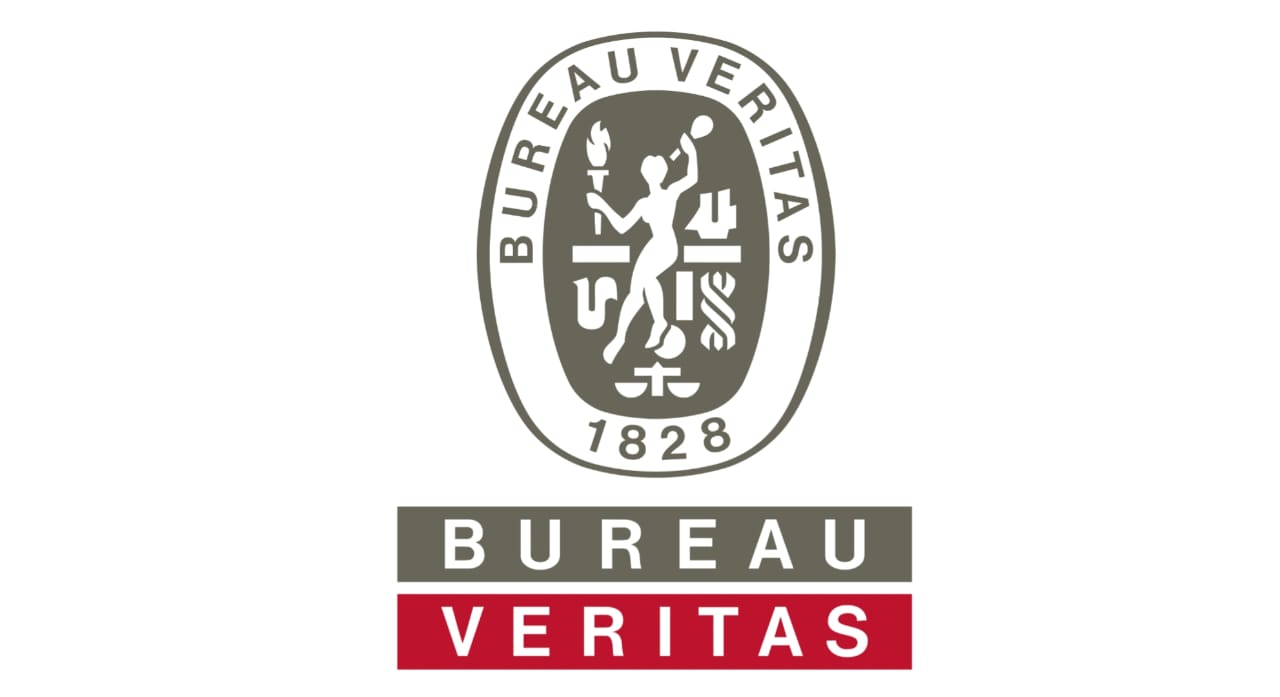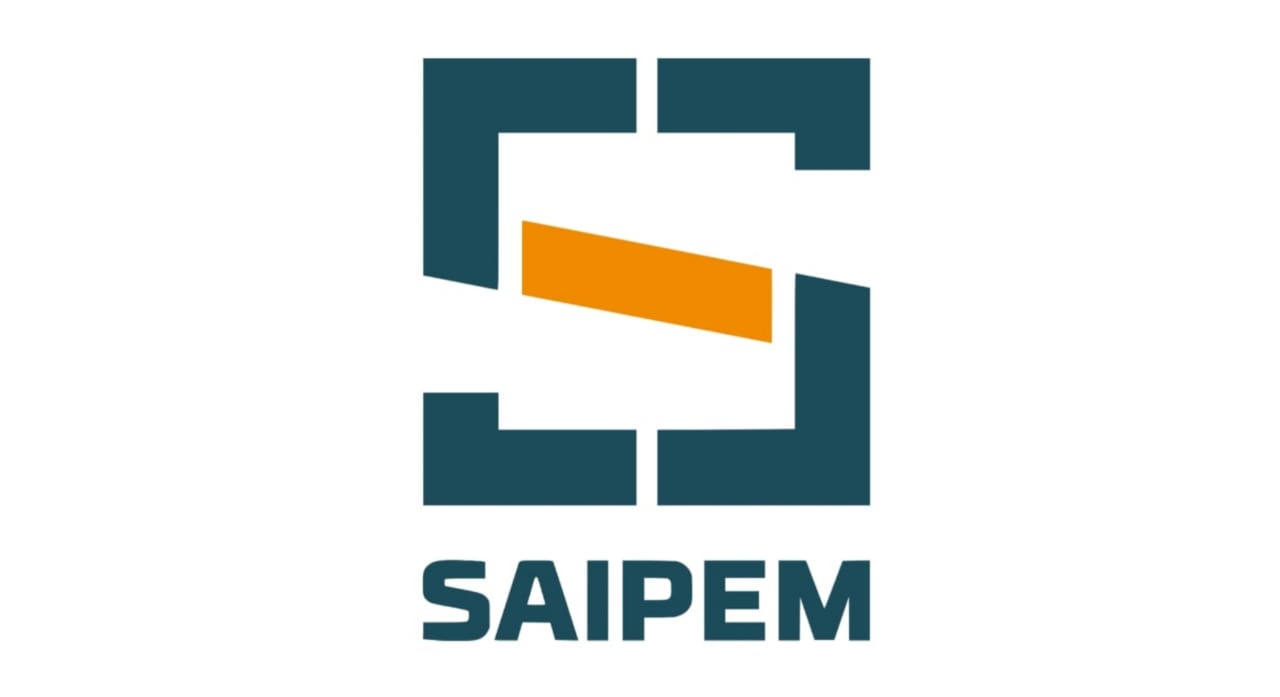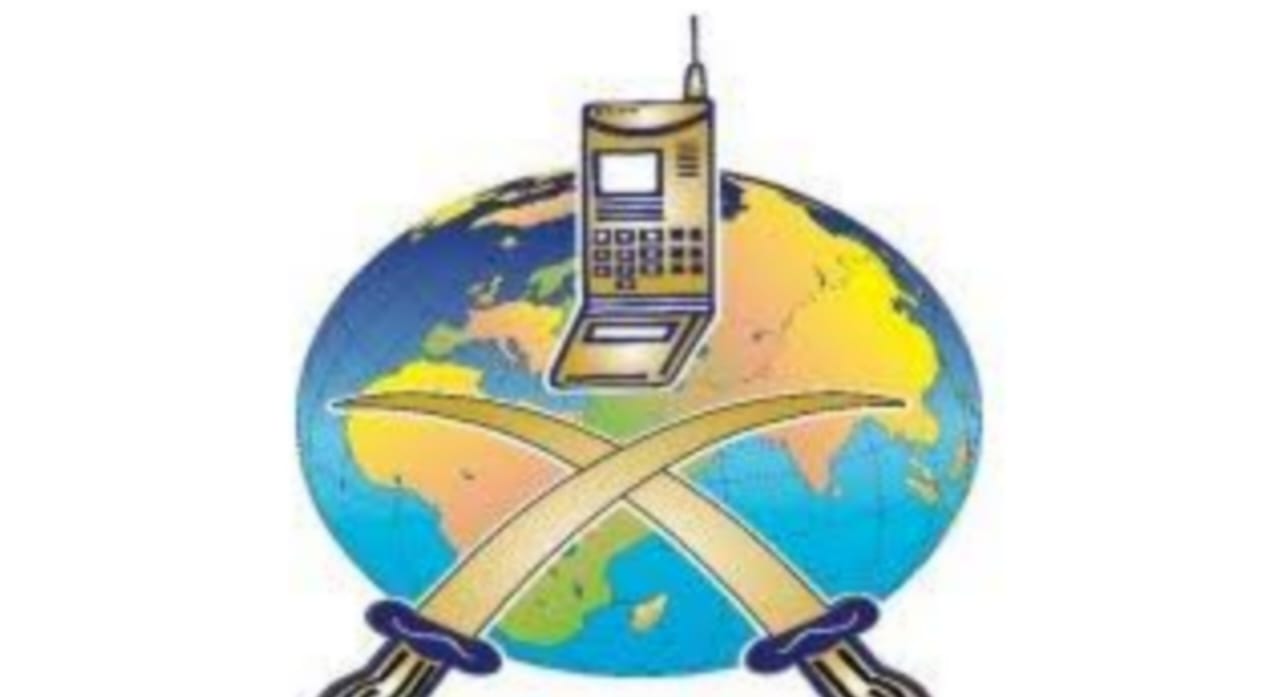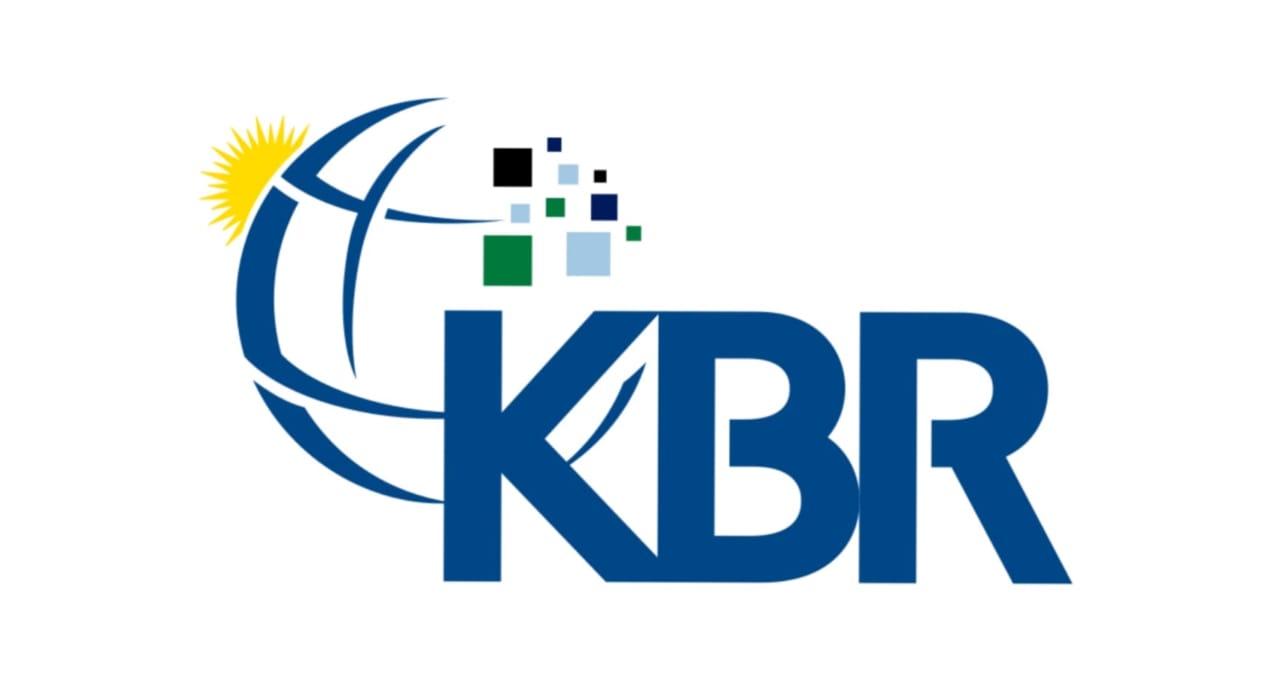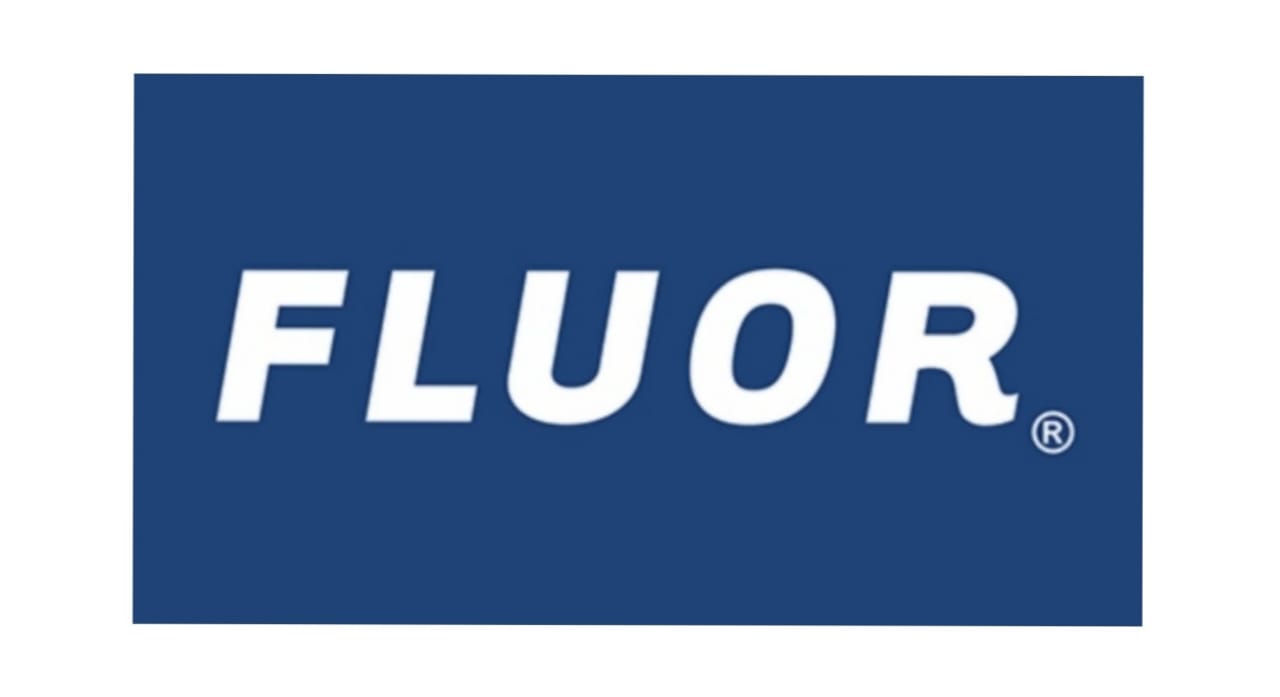The Future of Surveillance Technology
Explore how advancements in AI, IoT, and ethical practices are shaping the future of surveillance technology, enhancing safety while balancing privacy concerns.
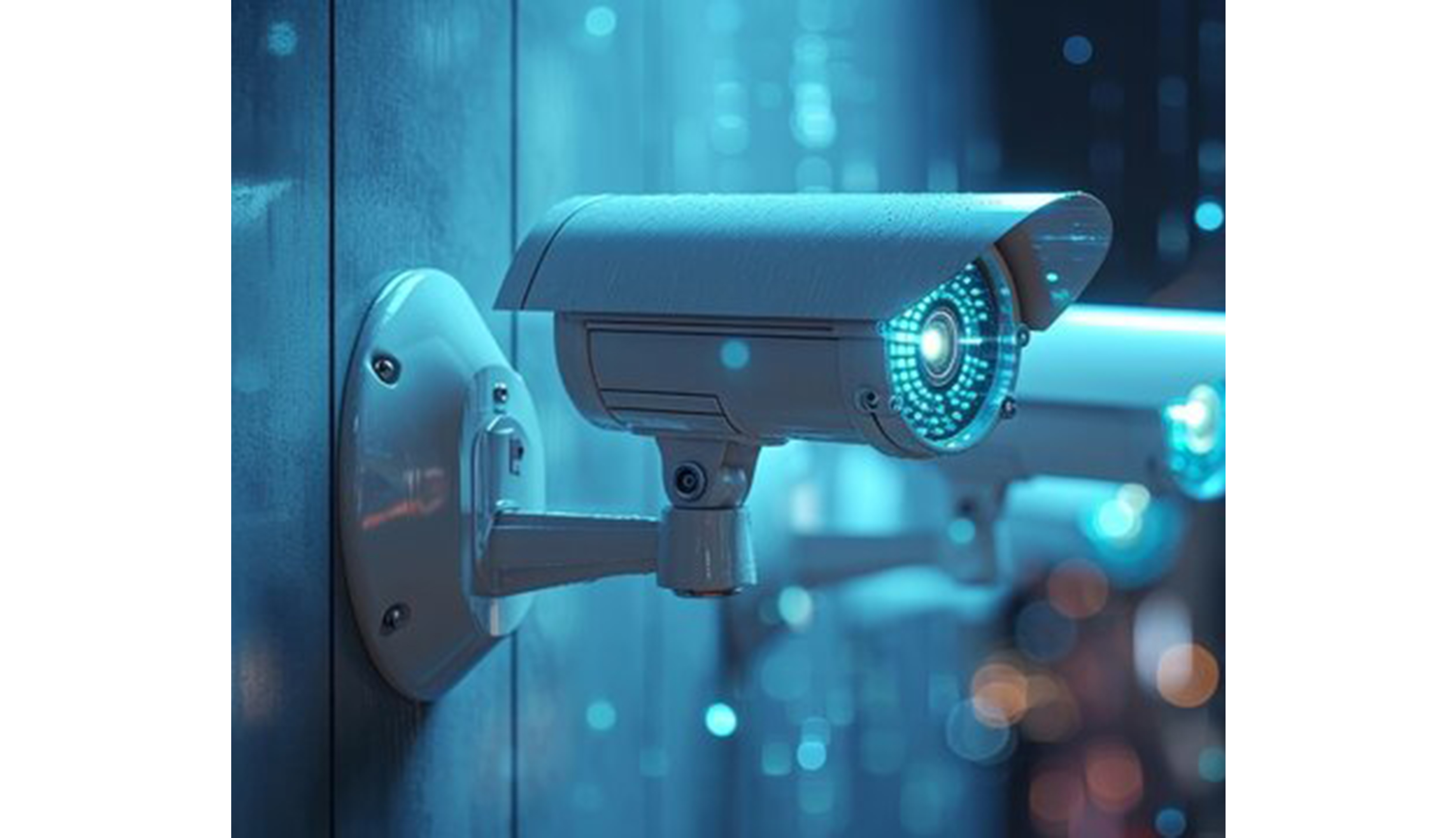
The Future of Surveillance Technology
The future of surveillance technology is being shaped by groundbreaking advancements in artificial intelligence (AI) and machine learning. These technologies empower surveillance systems to analyze video feeds in real time, enabling features such as facial recognition, object detection, and behavior prediction. By automating these processes, security systems can proactively identify potential threats and respond more effectively, enhancing public safety while alleviating the workload on human operators. This shift toward intelligent surveillance not only improves monitoring efficiency but also supports data-driven decision-making in critical situations, ultimately leading to safer environments.
In the context of urban development, smart city initiatives are driving the adoption of integrated CCTV systems equipped with Internet of Things (IoT) sensors. These advanced systems gather valuable data on traffic patterns, pedestrian movement, and even environmental conditions, which can be utilized to inform urban planning and resource allocation. For instance, real-time traffic monitoring can help city planners optimize road usage and reduce congestion. However, this increased connectivity also introduces significant cybersecurity challenges, as the interlinked nature of these systems makes them attractive targets for cyberattacks. To mitigate these risks, manufacturers are prioritizing secure data transmission, encryption, and regular updates to safeguard against vulnerabilities.
As surveillance technology becomes more prevalent, ethical considerations surrounding privacy are gaining prominence. The balance between ensuring public safety and respecting individual rights is a critical concern that requires thoughtful dialogue and policy development. Stakeholders must implement transparent data handling practices and consent mechanisms to foster trust within communities. Additionally, public awareness campaigns can help educate citizens about their rights and the extent of surveillance in their environments. As society grapples with these issues, the need for a framework that addresses both security needs and civil liberties becomes increasingly essential.
Looking ahead, innovations such as drones and robotic surveillance are set to revolutionize monitoring capabilities further. Equipped with high-definition cameras and advanced sensors, these devices can cover large areas and provide aerial perspectives that stationary cameras cannot. Remote cloud-based solutions will also allow organizations to manage and access surveillance footage flexibly, regardless of their location. Meanwhile, biometric technologies are emerging as a crucial component of future security systems, ensuring that only authorized individuals can access sensitive areas. As we embrace these advancements, it is vital to ensure that they are implemented in ways that align with ethical standards, promoting a future where surveillance enhances safety without compromising personal freedoms.



